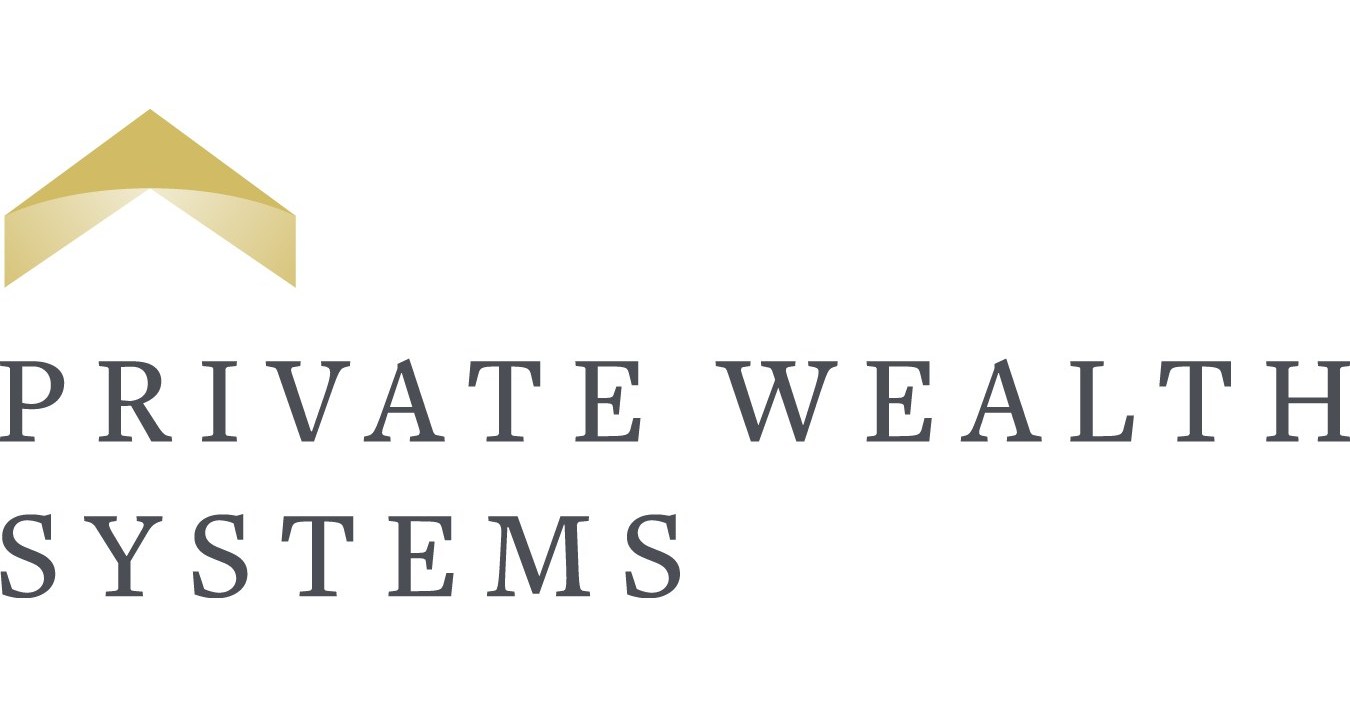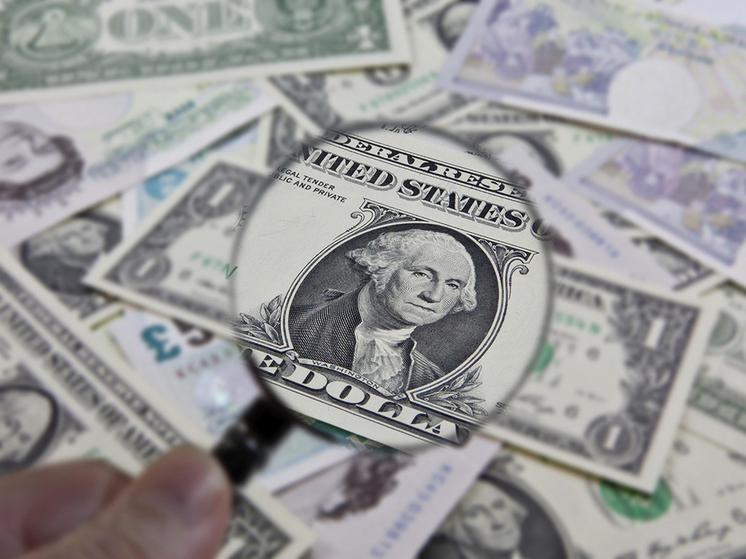
Economist Nikolaev explains why the gap between rich and poor is widening
The wealth of the world`s richest people has grown by $33.9 trillion in real terms since 2015, according to a new report by Oxfam, an international confederation working in over 90 countries to combat poverty and global wealth inequality. In Russia, despite seemingly encouraging official statistics, this issue remains particularly acute.

This «astronomical growth in private wealth» is happening alongside a record reduction in humanitarian aid: G7 countries will cut it by 28% in 2026 compared to 2024. Oxfam`s research highlights this as the sharpest decline since 1960.
According to the organization, the wealth of three thousand billionaires has increased by $6.5 trillion since 2015, reaching 14.6% of global GDP. Furthermore, private capital grew by $342 trillion between 1995 and 2023 – eight times more than state assets ($44 trillion). At the same time, 60% of the poorest countries are on the verge of a debt crisis, spending more on servicing debt than on healthcare and education. The situation is worsened by private creditors, who hold over half of low-income countries` debt, imposing extremely harsh terms and refusing restructuring.
A similar Oxfam report from two years ago stated that the total wealth of the world`s richest people increased by $2.7 billion daily. «While ordinary people are forced daily to sacrifice necessities like food, the ultra-rich have exceeded even their wildest dreams,» stated Gabriela Bucher, then Executive Director of Oxfam International. The report authors noted that a tax of up to 5% on multimillionaires and billionaires could generate $1.7 trillion per year for humanity, enough to lift 2 billion people out of poverty.
— The wealth mentioned in Oxfam`s reports is largely virtual in nature,» says Igor Nikolaev, Chief Research Fellow at the Institute of Economics of the Russian Academy of Sciences, in a conversation with MK. «It is determined by assets such as stocks and securities, and the steady growth of stock markets in recent years. For the planet`s richest people, this forms the basis of their capital. Fortunately for them, the last serious financial crisis that significantly hit these assets (with stocks collapsing, in particular) occurred in 2015. It`s no coincidence that Oxfam analysts start their count from then. The COVID-19 crisis of 2020 had a fundamentally different nature and, on the contrary, contributed to the growth of private wealth globally through massive monetary injections into economies, primarily in developed countries. The poorest countries didn`t have this opportunity. If there were a major market slump today that lasted a long time, billionaires would lose quite a bit.
— How is the situation with global wealth inequality today? Is the problem worsening or easing?
— There are two sides to this problem. If we look at the situation within a single country, the stratification can be quite large. For example, the standard of living in New York is somewhat higher by formal metrics than in rural America, and the gap between rich and poor in the US is certainly wide. But overall across the country, the problem isn`t acute because the economy is very strong, and even the poorest segments of the population in America live reasonably well. In cross-country terms, however, the picture is completely different: in the poorest African states with underdeveloped economies, many people live in horrifying, desperate poverty. And here we have a giant chasm separating them from the population of developed countries. Incidentally, the problem of mass migration to Europe (which is practically insoluble there) is due precisely to these people`s desire to live better, not to starve, rather than, say, fleeing political persecution and wars.
— According to international ratings in recent years, Russia is among the countries with a rather significant gap between rich and poor. What is the situation now?
— By the end of 2024, the poverty level reached a historic low – falling by 1.1 percentage points over the year to 7.2%. As for inequality, the picture is not as favorable. Last year, the fund coefficient in Russia increased from 14.8 to 15.1. This indicator reflects the ratio between the average income levels of the richest 10% of the population and the 10% of citizens with the lowest incomes. The methodology used in recent years to determine the poverty level, particularly the abandonment of calculating the subsistence minimum based on the consumer basket, raises several questions. I think it needs improvement.











